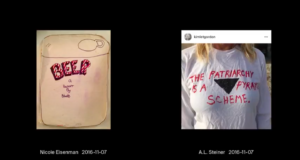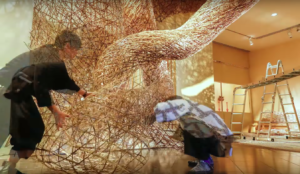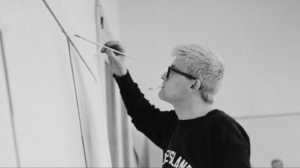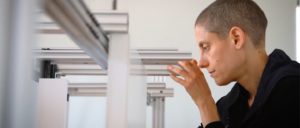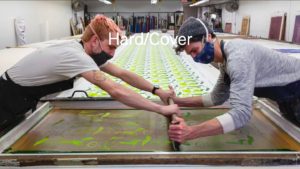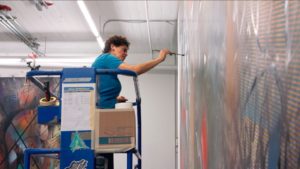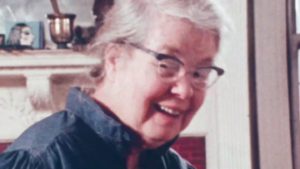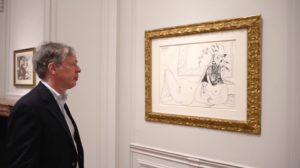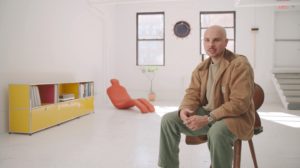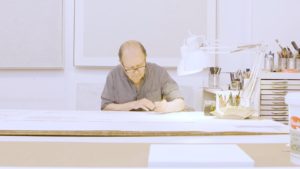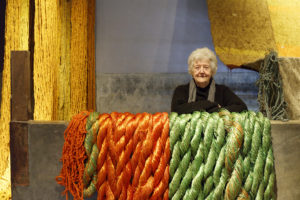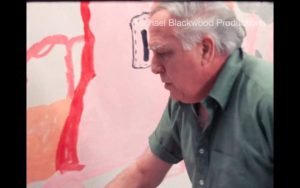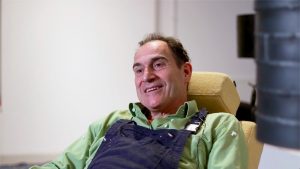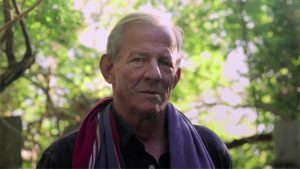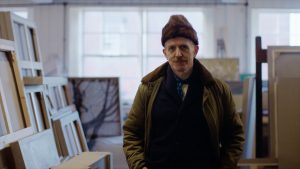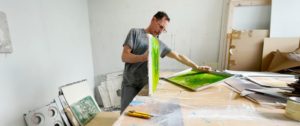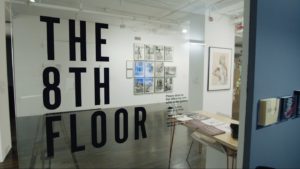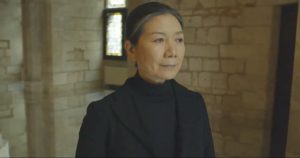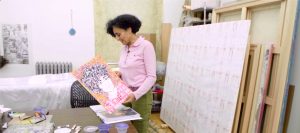
“I wanted to keep the DNA of the woman in an active pose, but I didn’t want her to carry the weight of something or someone.” — Wangechi Mutu
One of the most remarkable new artworks revealed this fall is The NewOnes, will free Us (2019), by Wangechi Mutu (b. 1972, Nairobi, Kenya), commissioned by the Metropolitan Museum of Art. Four niches on the façade of the Met have sat empty since the building was completed in 1902 (who knew?!), so the Met has launched an annual commission to fill them, and Mutu is the first selected artist. The work is on view on the façade of the Met until January 12, 2020 – and one of only a handful of works in the Met’s collection that one can view without purchasing a ticket.
In this video, the Met visits Mutu in her studio and at the museum as she discusses the conception and fabrication of the works.
From the Met:
The NewOnes, will free Us, by Kenyan-American artist Wangechi Mutu, inaugurates an annual commission to animate The Met’s historic facade. Designed by Richard Morris Hunt and completed in 1902, the facade features four niches that were always intended to house free-standing sculptures, but have long lain empty. In filling them now with Mutu’s extraordinary sculptures, the Museum brings to fruition a dream 117 years in the making.
Mutu has responded to The Met’s invitation by creating four bronze sculptures, individually titled The Seated I, II, III, and IV (2019). As with all of her work, these pieces engage in a critique of gender and racial politics that is as pointed as it is poetic and fantastic. With The NewOnes, will free Us, the artist has reimagined a motif common to the history of both Western and African art: the caryatid, a sculpted figure, almost always female, meant to serve as a means of either structural or metaphorical support.




